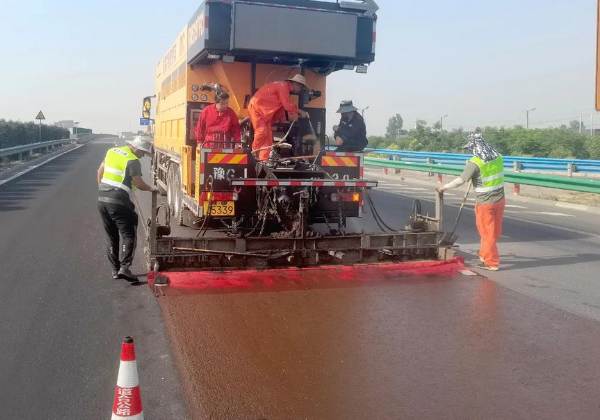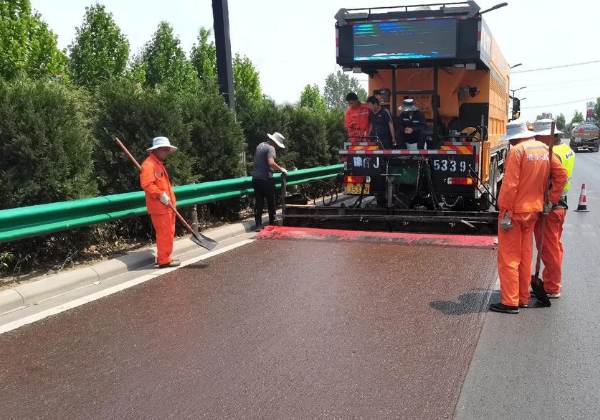Stages experienced in the development of preventive maintenance process micro-surfacing
In recent years, micro-surfacing has become more and more widely used as a preventive maintenance process. The development of micro-surfacing technology has gone through roughly the following stages to this day.
The first stage: slow-crack and slow-setting slurry seal. During the Eighth Five-Year Plan, the asphalt emulsifier technology produced in my country was not up to standard, and slow-crack emulsifiers based on lignin amine were mainly used. The emulsified asphalt produced is a slow-cracking and slow-setting type of emulsified asphalt, so it takes a long time to open the traffic after the slurry seal is laid, and the post-construction effect is very poor. This stage is approximately from 1985 to 1993.
The second stage: With the continuous research of major universities and scientific research institutes in the highway industry, the performance of emulsifiers has improved, and slow cracking and fast setting asphalt emulsifiers have begun to appear, mainly anionic sulfonate emulsifiers. It is called: slow cracking and fast setting slurry seal. The time spans from about 1994 to 1998.


The third stage: Although the performance of the emulsifier has improved, the slurry seal still cannot meet various road conditions, and higher requirements are put forward for the performance indicators of asphalt residues, so the concept of modified slurry seal emerged. Styrene-butadiene latex or chloroprene latex is added to the emulsified asphalt. At this time, there are no higher requirements for mineral materials. This stage lasts from about 1999 to 2003.
The fourth stage: the emergence of micro-surfacing. After foreign companies such as AkzoNobel and Medvec entered the Chinese market, their requirements for the mineral materials and emulsified asphalt used in the slurry seal were different from those of the slurry seal. It also places higher requirements on the selection of raw materials. Basalt is selected as the mineral material, higher sand equivalent requirements, modified emulsified asphalt and other conditions are called micro-surfacing. The time is from 2004 to present.
In recent years, noise-reducing micro-surfacing has appeared to solve the noise problem of micro-surfacing, but the application is not many and the effect is unsatisfactory. In order to improve the tensile and shear index of the mixture, fiber micro-surfacing has appeared; in order to solve the problem of oil depletion of the original road surface and the adhesion between the mixture and the original road surface, the viscosity-added fiber micro-surfacing was born.
As of the end of 2020, the total mileage of highways in operation nationwide reached 5.1981 million kilometers, of which 161,000 kilometers were open to traffic on expressways. There are roughly five preventive maintenance solutions available for asphalt pavement:
1. They are fog sealing layer systems: fog sealing layer, sand sealing layer, and sand-containing fog sealing layer;
2. Gravel sealing system: emulsified asphalt gravel sealing layer, hot asphalt gravel sealing layer, modified asphalt gravel sealing layer, rubber asphalt gravel sealing layer, fiber gravel sealing layer, refined surface;
3. Slurry sealing system: slurry sealing, modified slurry sealing;
4. Micro-surfacing system: micro-surfacing, fiber micro-surfacing, and viscose fiber micro-surfacing;
5. Hot laying system: thin layer cover, NovaChip ultra-thin wearing layer.
Among them, micro-surfacing is widely used. Its advantages are that it not only has low maintenance costs, but also has a short construction period and good treatment effects. It can improve the anti-skid performance of the road, prevent water seepage, improve the appearance and smoothness of the road, and increase the load-bearing capacity of the road. It has many outstanding advantages in preventing pavement aging and extending the service life of pavement. This maintenance method is widely used in developed countries such as Europe and the United States as well as in China.

